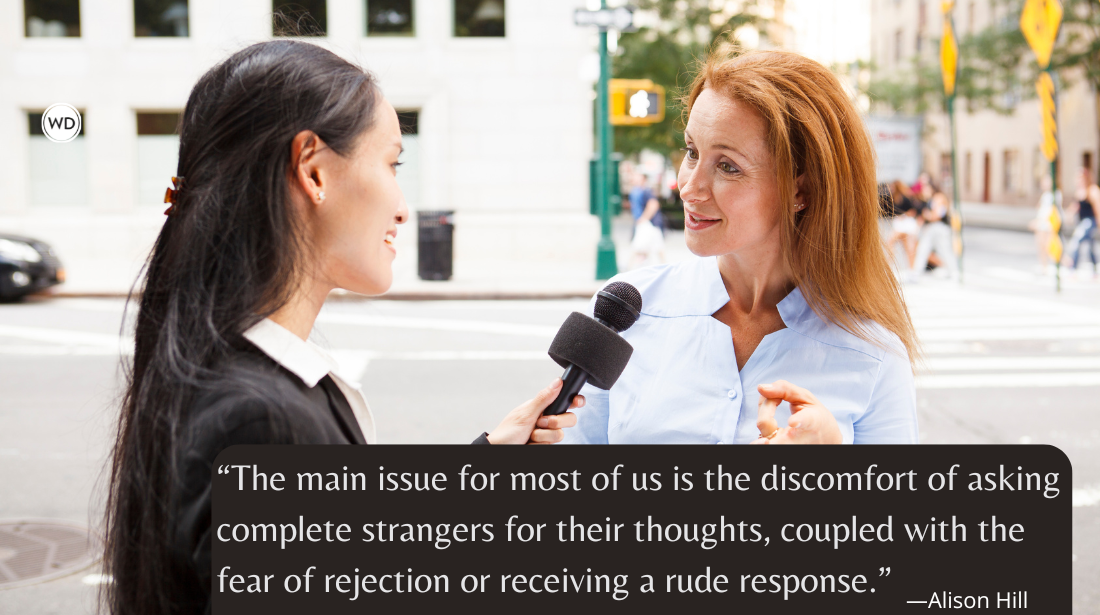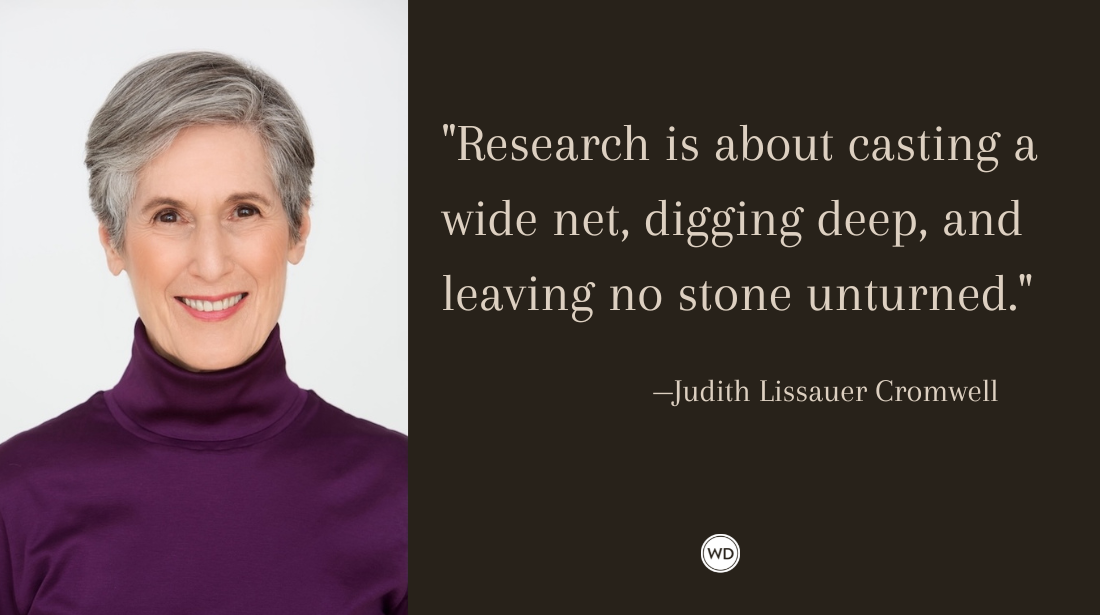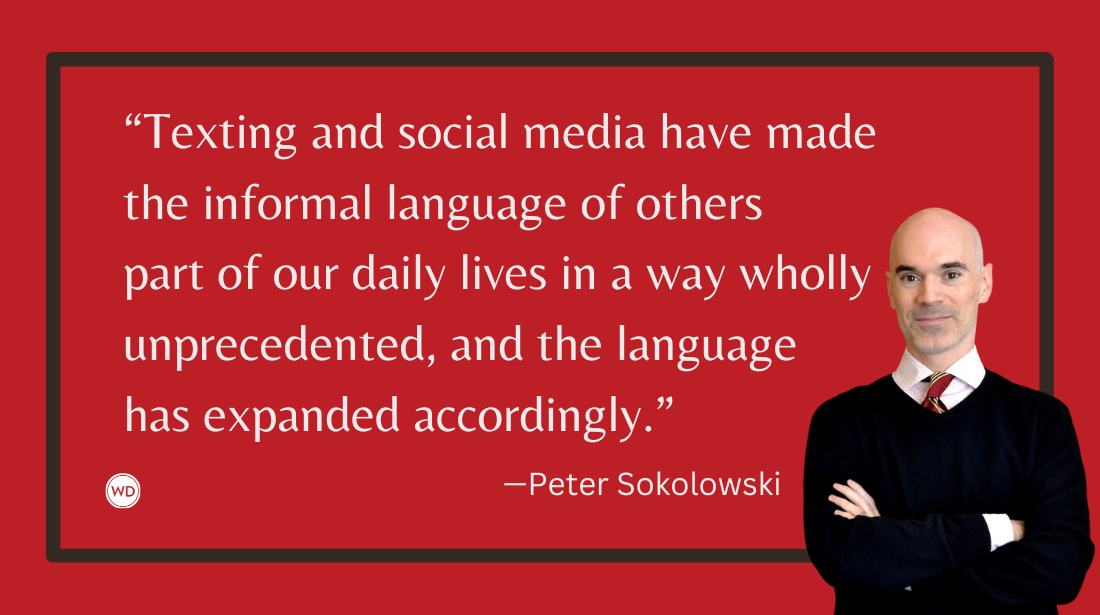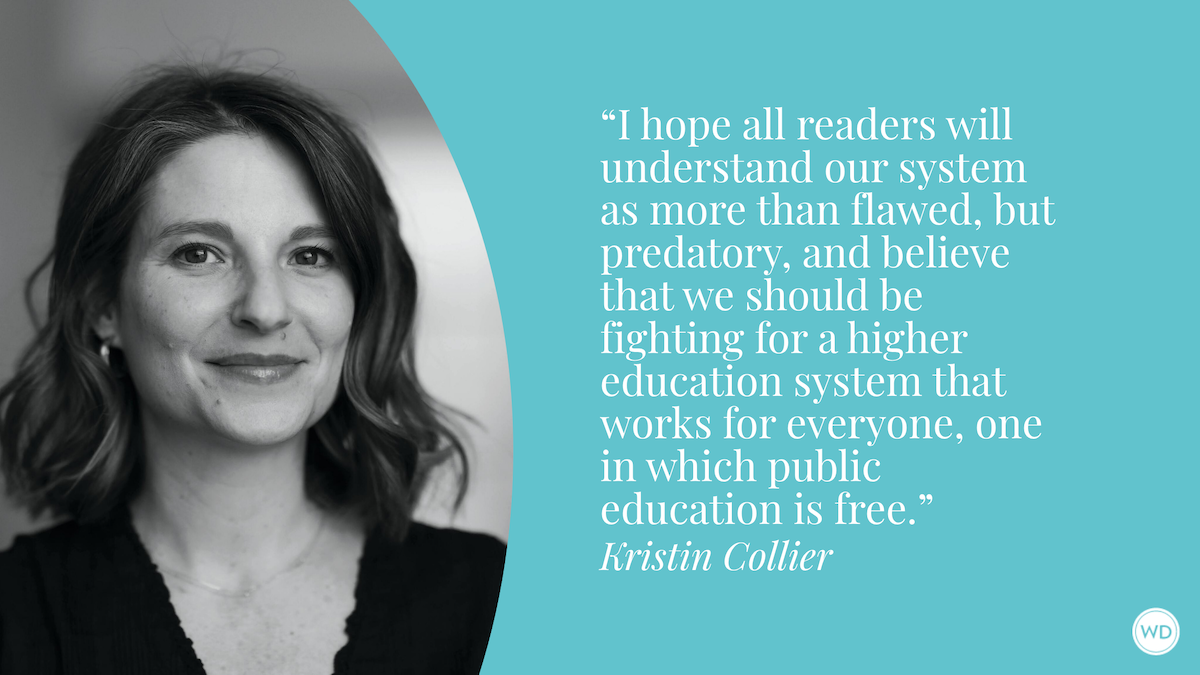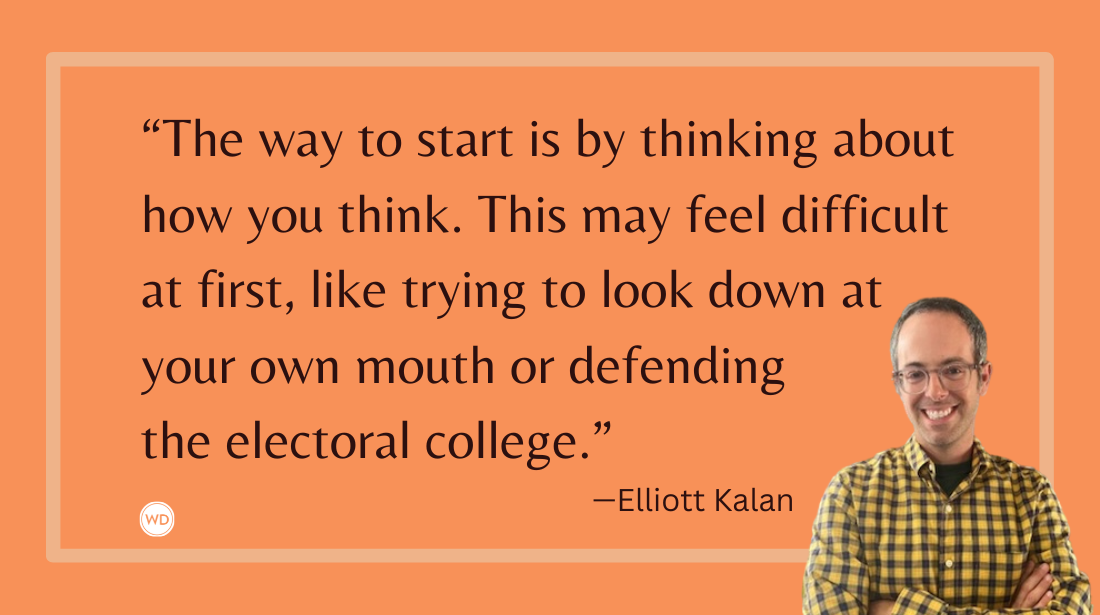Mightier than the Sword
Whether fountain or felt-tip, your words are worth the added flair of a perfect pen.
People have been writing since at least 3000 BC, when the Sumerians first took a stylus to clay tablets, but once humankind advanced beyond stone inscriptions and clay tablets, new materials such as papyrus, paper and, later, vellum, required new writing instruments. The Romans converted bamboo stems into a form of fountain pen, with the front part cut into a point and the back filled with ink that had to be squeezed out as a scribe wrote—no doubt a messy process. And a bronze pen was found in the ruins of Pompeii, proving that pens have been known for quite some time.
But the quill pen was the most popular writing instrument for hundreds of years, adopted possibly as early as the 7th century AD and remaining most prevalent until well into the 19th century. This in spite of the fact that, with regular use, quill pens had to be replaced every week or so. And, quill pens had to be constantly sharpened, hence the "pen-knife."
It wasn't until the early 1800s that Peregrin Williamson, a Baltimore shoemaker, applied for the first American pen patent, and he described his invention as a "three-slit elastic" pen. After that, he disappears from history. In 1830, a man named Hyde applied for the first fountain pen patent, but his invention didn't catch on until World War I, possibly because so many soldiers were writing home. In 1920, approximately 1 million fountain pens were sold, and 5 years later, sales were up to 25 million and many companies were offering these writing wares.
Ballpoint pens were introduced in the mid-1940s, and caught on in the 1950s. Today, they account for the vast majority of pen sales throughout the world. And now we can choose from soft tips and liquid roller balls as well.
No doubt you've discovered the importance of the perfect pen. How many times has someone swiped your favorite pen off your desk? And why do banks always chain their instruments to the counter (very frustrating for this pen-klepto).
I prefer to write with my 1930s fountain pen rather than a readily available ballpoint. I've even sharpened my own quills from time to time?with little good result. I choose to write with my old heavy fountain pen because it feels solid and well balanced in my hand, and the words just seem to flow more easily.
For more information and suggestions on finding the right pen for you, see the October issue of Personal Journaling magazine.





